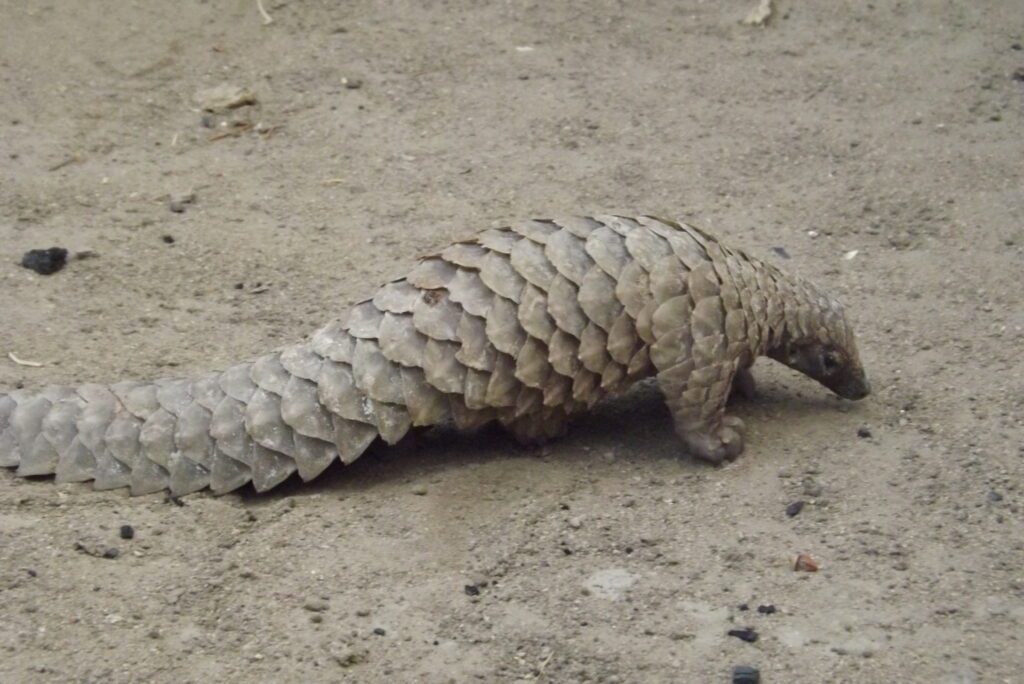According to Sun et al., (2019) study, most of the pangolins rescued from illegal trafficking suffer from stress, and malnutrition eventually reduces survivorship. Understanding potential areas with high prey species preferred by pangolins may reduce malnutrition issues and increase their survivorship post-release to the wild. Pangolins feed on insects mainly termites and ants. However, according to Pietersen et al.,(2016) study, pangolins are reported to have selectivity behavior, in which they are feeding mainly on specific species of termites and ants that represents only 25% and 7.5% of known ants and termites species respectively.
In Tanzania, reports about pangolin sightings in the village land together with those encountered when trafficked illegally exist. Currently, little is known about the distribution and abundance of termites and ants in Tanzania’s protected areas and village lands which is an area that requires research studies. Understanding why pangolins visit village land maybe is worth knowing the distribution of their prey too both inside the protected areas and unprotected areas including urban areas. This will help us and other wildlife managers to know where to release the rescued pangolins and reduce malnutrition sufferings. Tanzania Research and Conservation Organization (TRCO) aim to raise awareness among the community and conservation managers and conduct research to determine the distribution of pangolin prey species in different ecosystems in Tanzania.


